October 29, 2025
Data Shows Endangered Palau Ground Doves Swiftly Recovering After Successful Palauan Island Conservation Effort
Astounding evidence of recovery on Ulong Island in Palau after just one year!
Published on
June 26, 2019
Written by
Emily Heber
Photo credit
Emily Heber
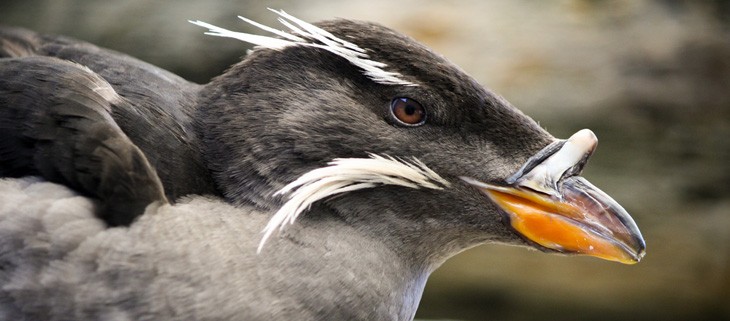
Birds are an integral part of ecosystems, but the degradation of habitat through climate change, pollution, and threats such as invasive species are causing population declines on a global scale. The North American Bird Conservation Initiative Canada has released The State of Canada’s Birds report, which identified the leading threats facing waterfowl, grassland birds, shorebirds, seabirds, forest birds, birds of prey, and insectivores.
In recent years, research has revealed that seabirds are of conservation concern worldwide and Canada’s seabird populations are no different. The report identified Canada’s seabirds as species that nest in Canada as well as those that rely on Canadian waters for feeding. Populations assessments show that out of the 58 Canadian seabirds, 55 are considered species of conservation concern or at risk of extinction. Only three are considered low concern.
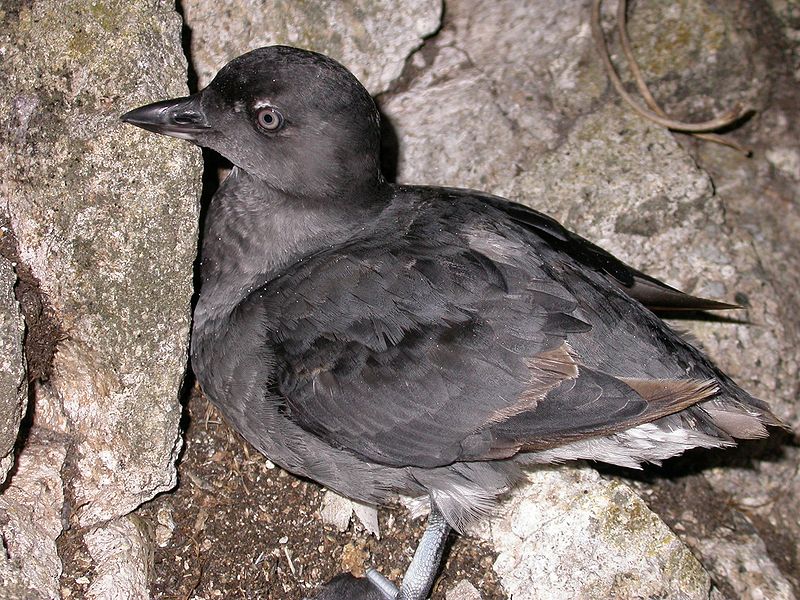
Still more troubling is the lack of current population data that is available for some species—62% of Canada’s birds have unknown population trends. Determining these trends through further population studies is a vital part of conservation for seabirds, but even without the numbers the threats seabirds face are clear. The study identified four of the key threats to seabirds and the conservation actions that can help protect their populations. Pollution including plastic and oil spills, climate change, unsustainable fishing practices, and invasive species were identified as the areas of conservation focus.
On islands, invasive species are one of the leading causes of extinctions historically and without intervention, this threat will continue. Canada’s seabird populations and seabird populations around the world are declining, but we know how to fix it. Removing invasive species from islands is one of the most effective conservation actions available today and it directly benefits seabirds by protecting vital nesting habitat. By focusing on invasive species removal, pollution, climate change, and unsustainable fishing practices, we can help prevent extinctions.
Featured photo: A Rhinoceros Auklet. Credit: Frostnip
Read The State of Canada’s Birds Report
Check out other journal entries we think you might be interested in.

October 29, 2025
Astounding evidence of recovery on Ulong Island in Palau after just one year!
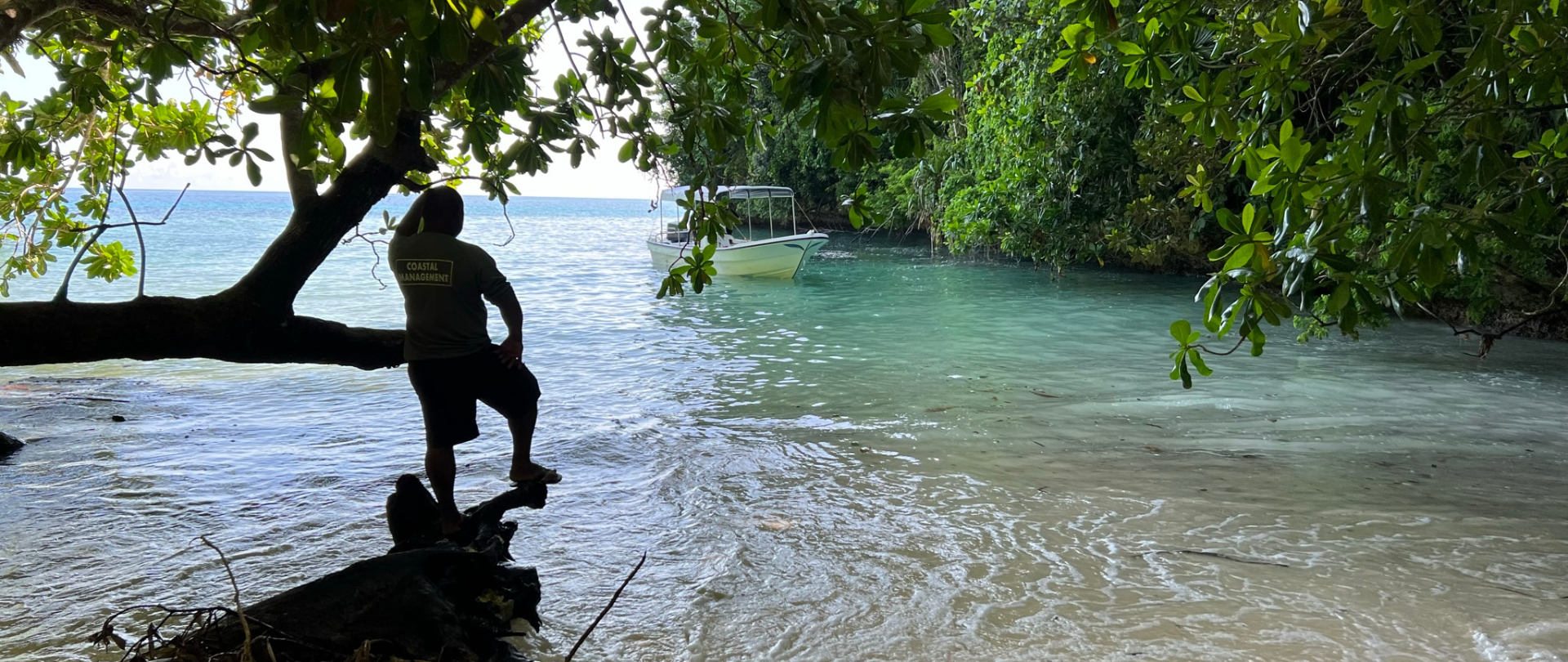
May 19, 2025
Read our position paper on The 3rd United Nations Ocean Conference (UNOC 3) to see why we're attending and what we aim to accomplish!

December 4, 2024
Ann Singeo, founder of our partner organization the Ebiil Society, shares her vision for a thriving Palau and a flourishing world of indigenous science!
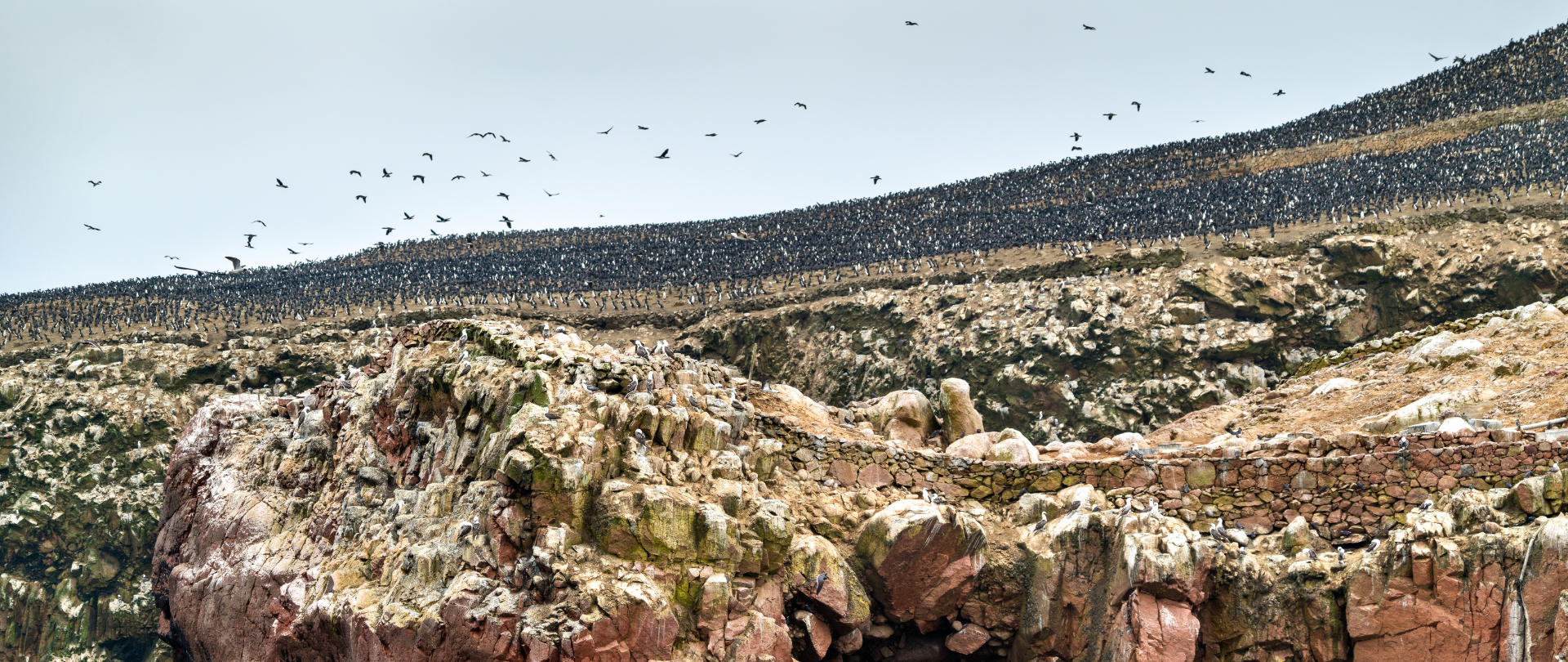
November 22, 2024
This historic agreement aims to protect the marine and coastal areas of the Southeast Pacific.
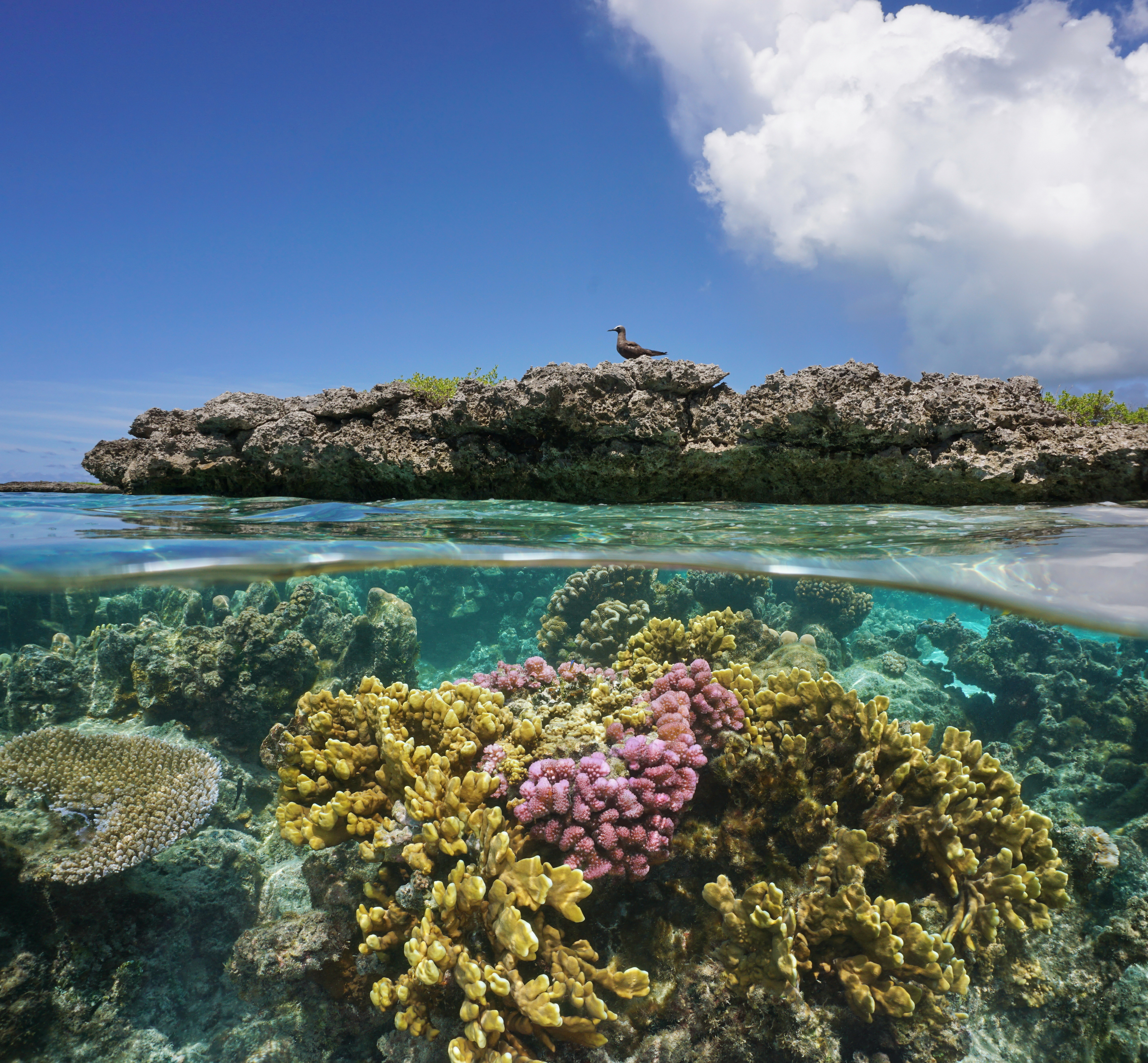
November 18, 2024
Our projects to restore key islets in Nukufetau Atoll forecast climate resilience and community benefits in Tuvalu!
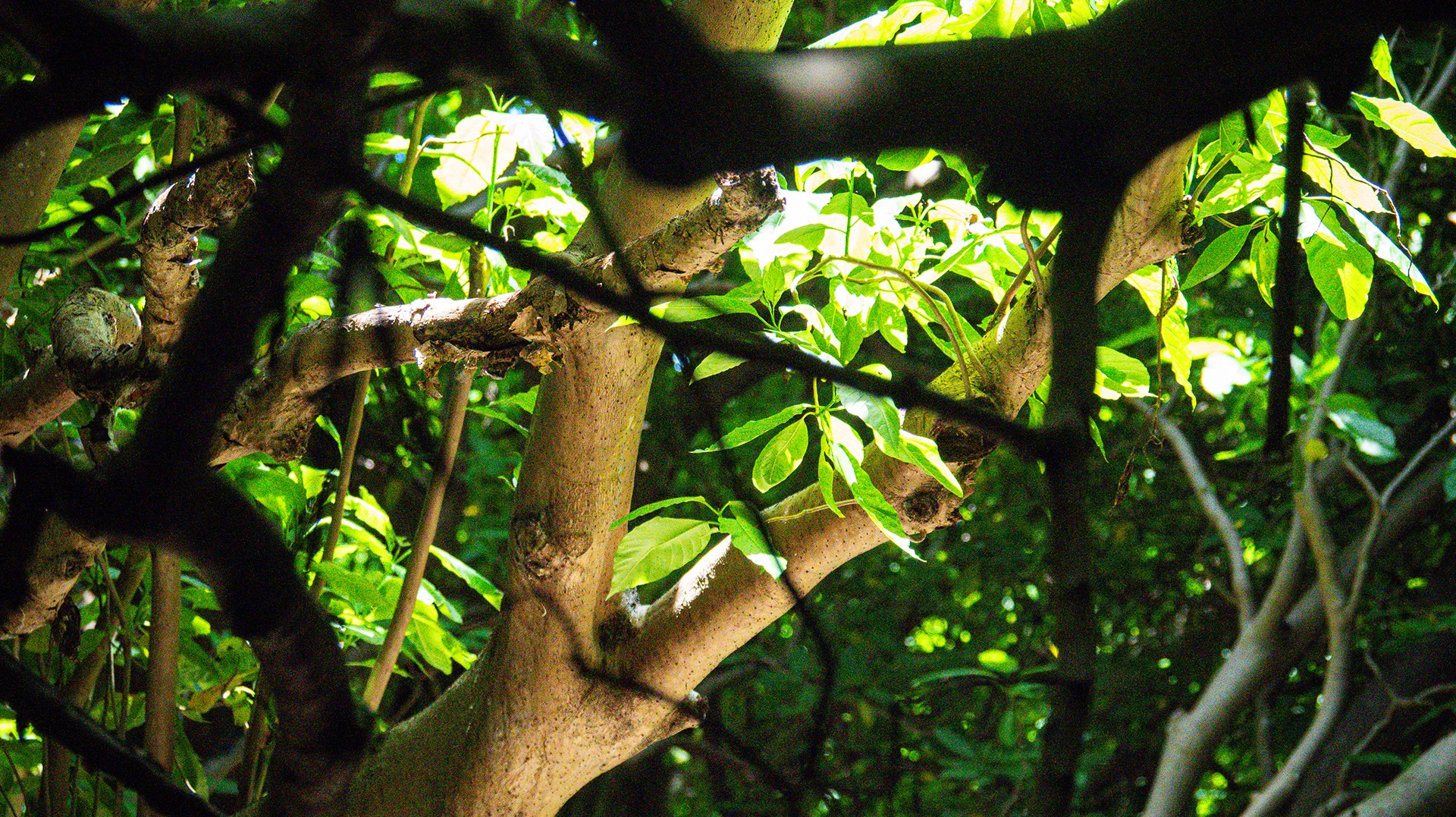
October 3, 2024
Island Conservation and partners have published a new paper quantifying ecosystem resilience on restored islands!
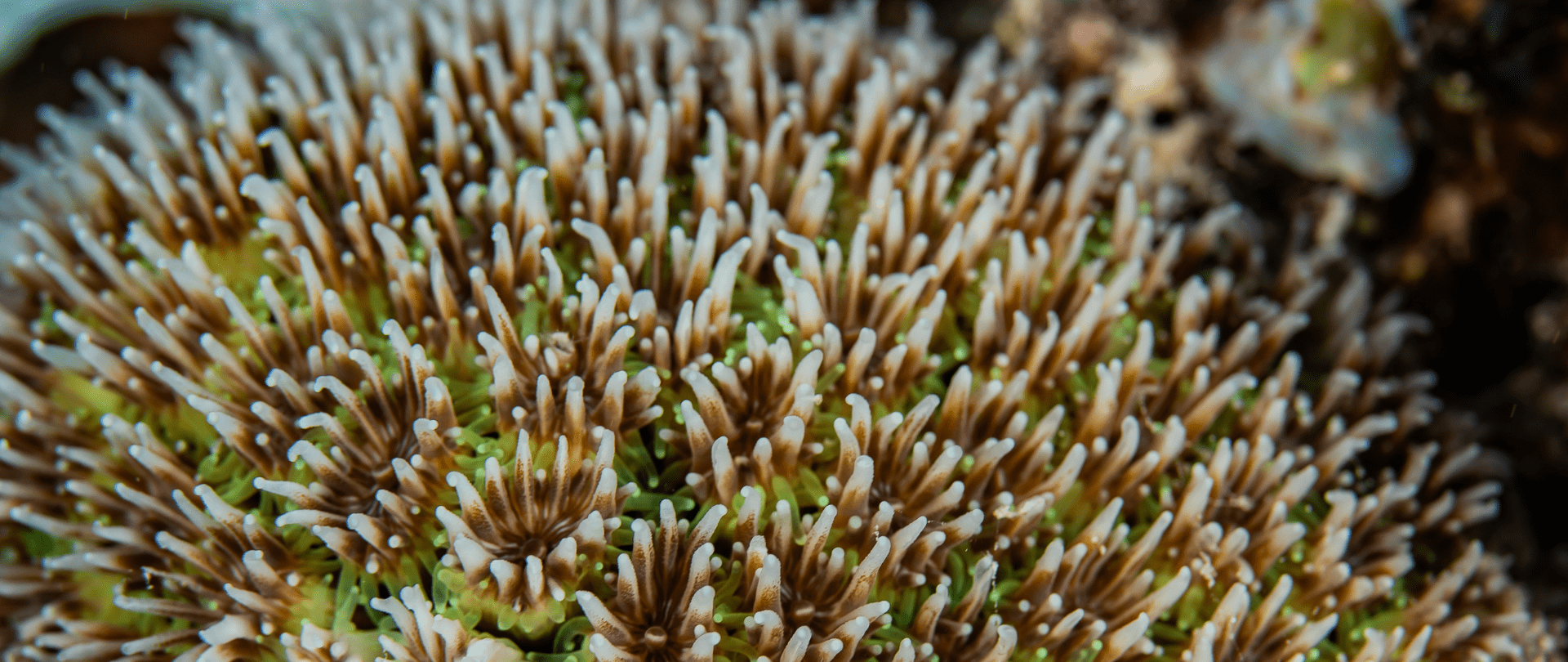
September 10, 2024
Climate Week NYC: what is it and why is it important? Read on to find out why Island Conservation is attending this amazing event!

September 5, 2024
With sea levels on the rise, how are the coastlines of islands transforming? Read on to find out how dynamic islands really are!

December 14, 2023
Join us in celebrating the most amazing sights from around the world by checking out these fantastic conservation photos!
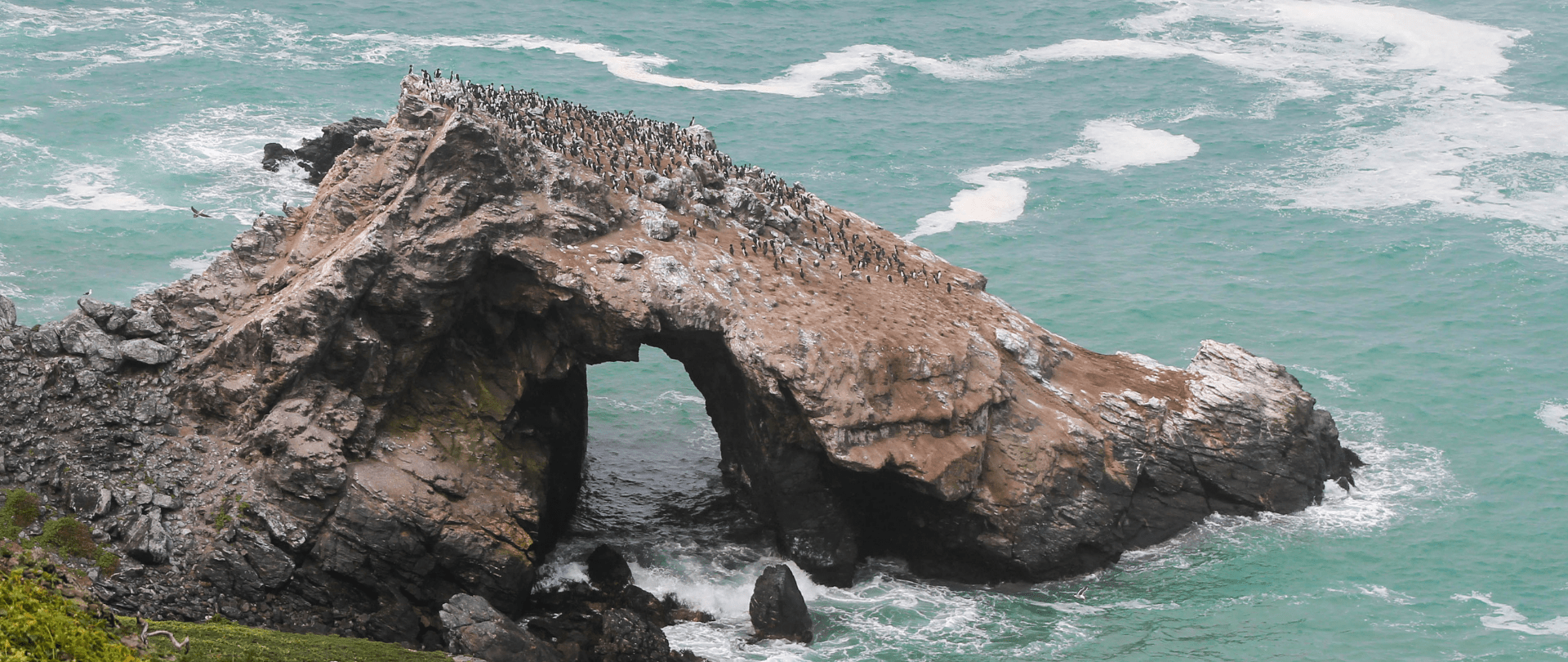
November 28, 2023
Rare will support the effort to restore island-ocean ecosystems by engaging the Coastal 500 network of local leaders in safeguarding biodiversity (Arlington, VA, USA) Today, international conservation organization Rare announced it has joined the Island-Ocean Connection Challenge (IOCC), a global effort to…